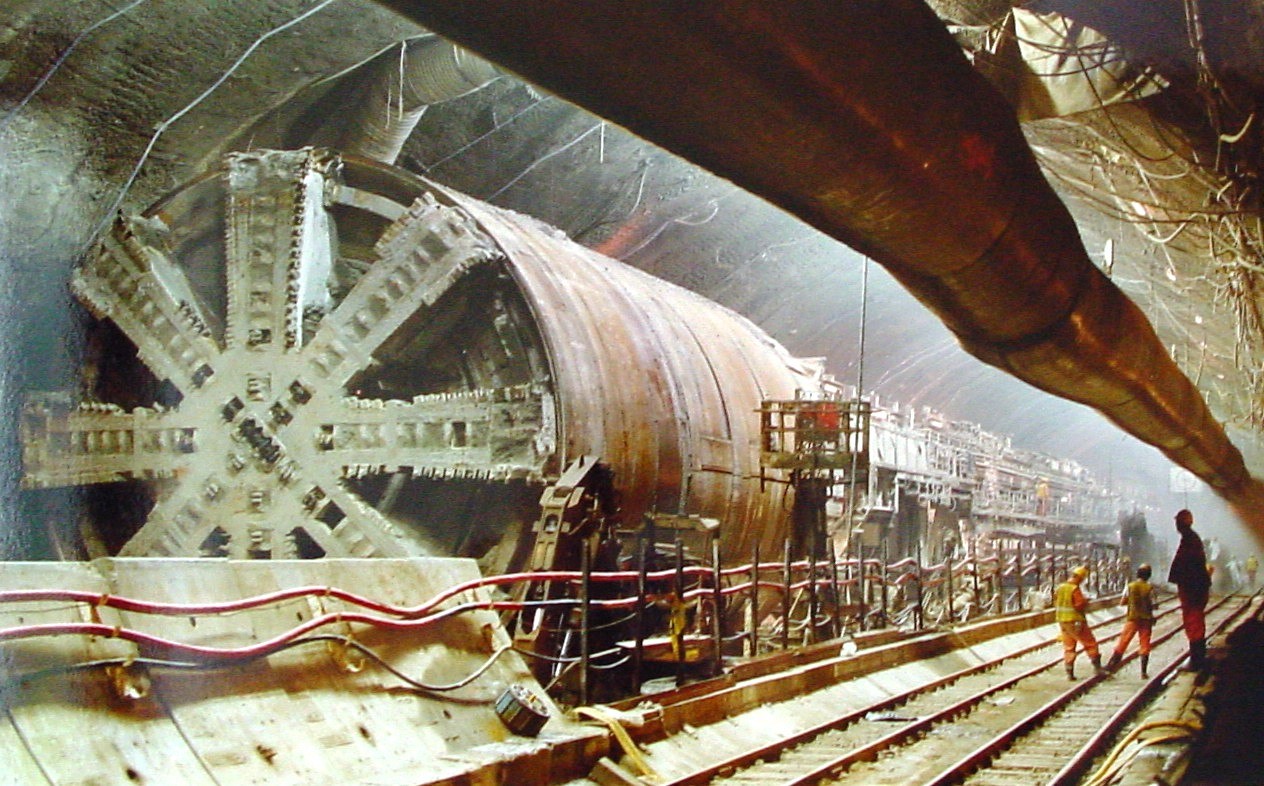The Channel Tunnel, also known as the Eurotunnel, is an iconic engineering marvel that connects the United Kingdom and France under the English Channel. The construction of this 50.5-kilometer (31.4-mile) tunnel, which includes 37.9 kilometers (23.5 miles) of underwater tunneling, was a monumental task that involved the use of massive tunnel boring machines (TBMs).

When the project began in the late 1980s, two main types of TBMs were used: slurry TBMs and earth pressure balance TBMs. These machines, each weighing around 1,000 tonnes and measuring 11.8 meters (39 feet) in diameter, were specifically designed to dig through the chalk marl and clay soils found under the Channel. They operated simultaneously from both the UK and France sides, meeting in the middle after two years of continuous digging.
Upon the completion of the tunnel in 1994, the TBMs were no longer needed. Instead of being discarded, these engineering marvels were repurposed or preserved. One of the TBMs, named "Sophie," is now on display at the London Transport Museum Depot in Acton, London, as a testament to the incredible engineering feat that created the Channel Tunnel. Others were either dismantled for parts, recycled, or sold for use in other tunneling projects around the world.
The legacy of these TBMs lives on not only in the form of the Channel Tunnel, which revolutionized travel between the UK and mainland Europe, but also in the advancements in tunneling technology that they helped to pioneer. Today, TBMs are used in various construction projects worldwide, continuing to push the boundaries of what is possible in civil engineering.




